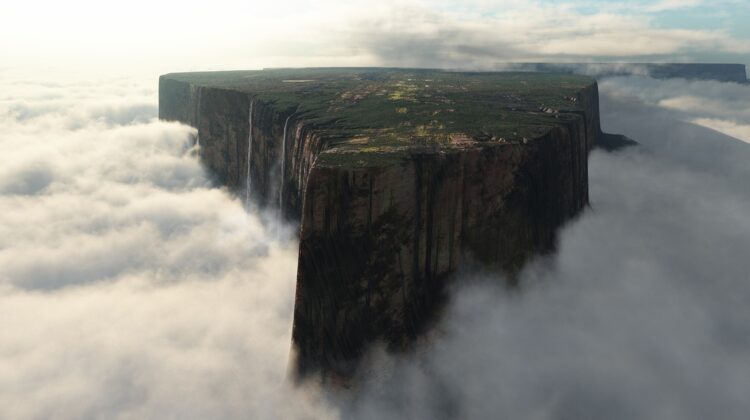
With a unique ecosystem found only above the clouds, the mystic flat-topped Mount Roraima on the tripoint of Venezuela, Guyana, and Brazil perplexed 19th-century explorers and inspired Sir Arthur Conan Doyle’s novel ‘The Lost World.’
Mount Roraima is located on the Guiana Shield in Venezuela’s 30,000-square-kilometer Canaima National Park. This strange-looking geological formation, also known as a tepui, is one of the world’s oldest plateaus, dating back around two billion years.
The mountain’s 31 km2 plateau summit area is surrounded by 400-meter-high cliffs on all sides (1,300 ft). Rainfall at high altitude collects in small lakes and cascades off massive cliffs in spectacular waterfalls.
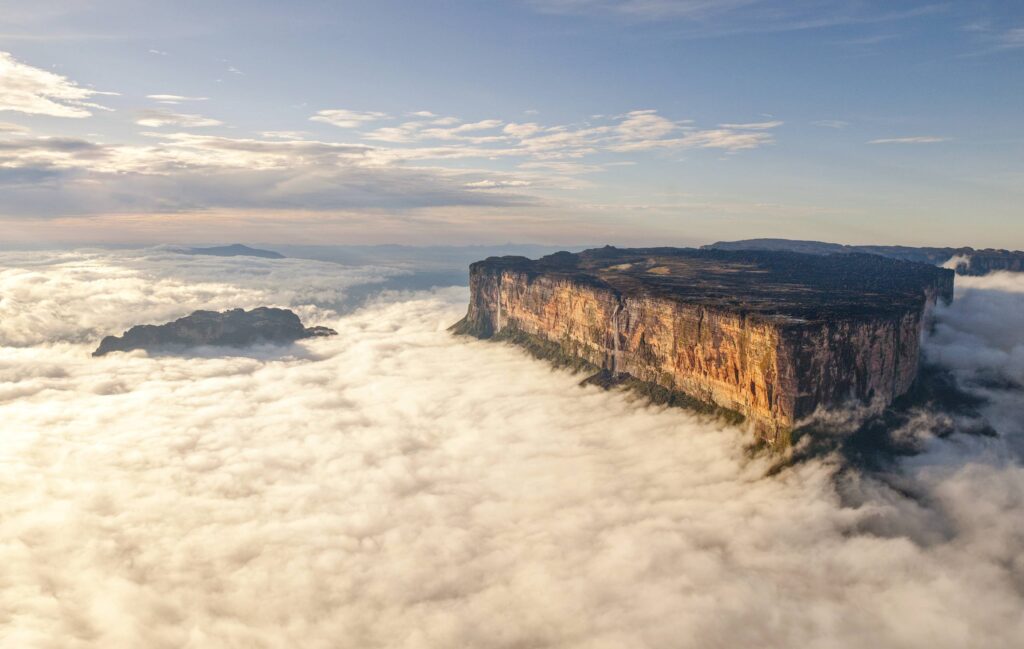

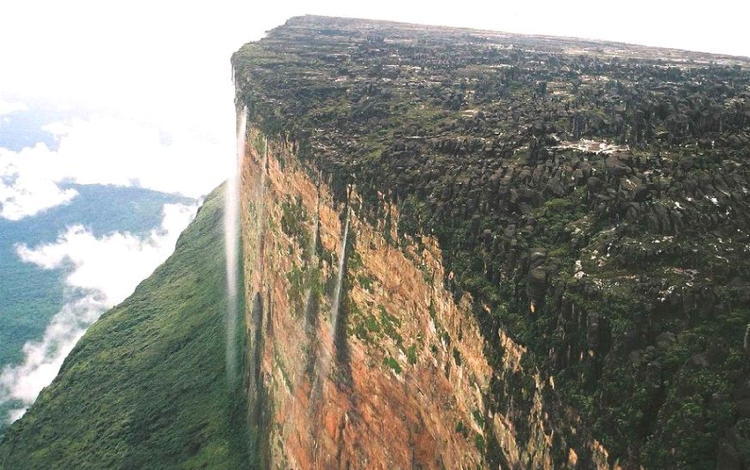
Mount Roraima, also known as ‘The Floating Island,’ is so unique that scientists are still trying to understand its ecosystem.
The mystery is that we know many creatures live on the tops of these unusual geological formations, but we have no idea how they got there.
Did they evolve apart from other ecosystems – an idea known as the ‘lost world hypothesis,’ after Sir Arthur Conan Doyle’s 1912 novel The Lost World, which is set in Roraima. Or did they find a way to get there?
Nobody knows for sure, but scientists are getting closer. Today, it is estimated that 35% of Mount Roraima’s species are endemic, having evolved independently on Roraima over millions of years.
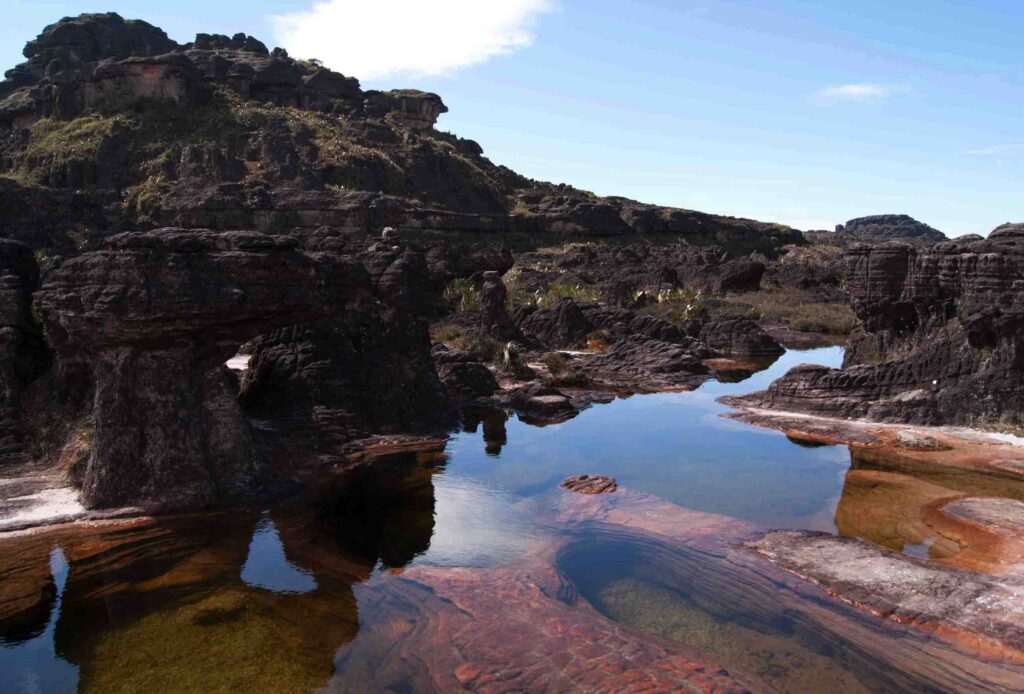


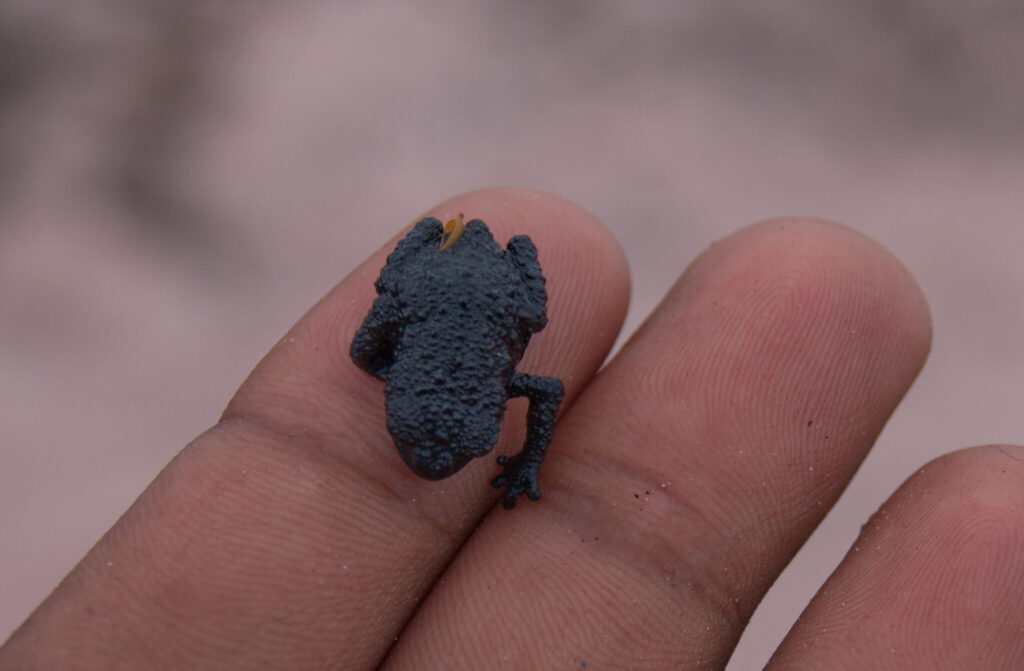
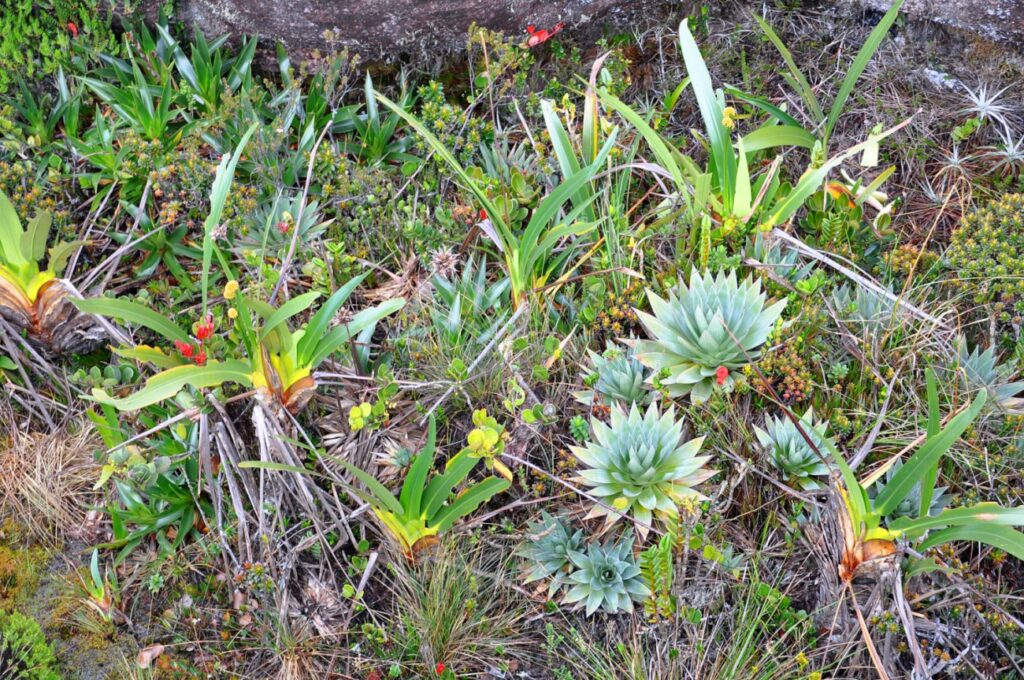
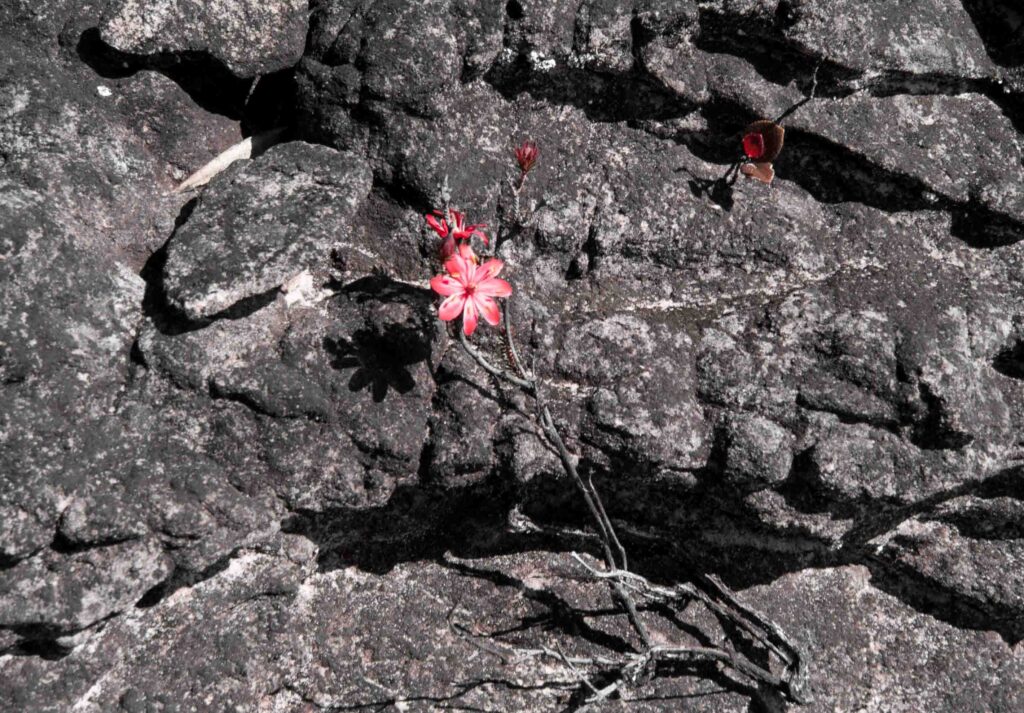
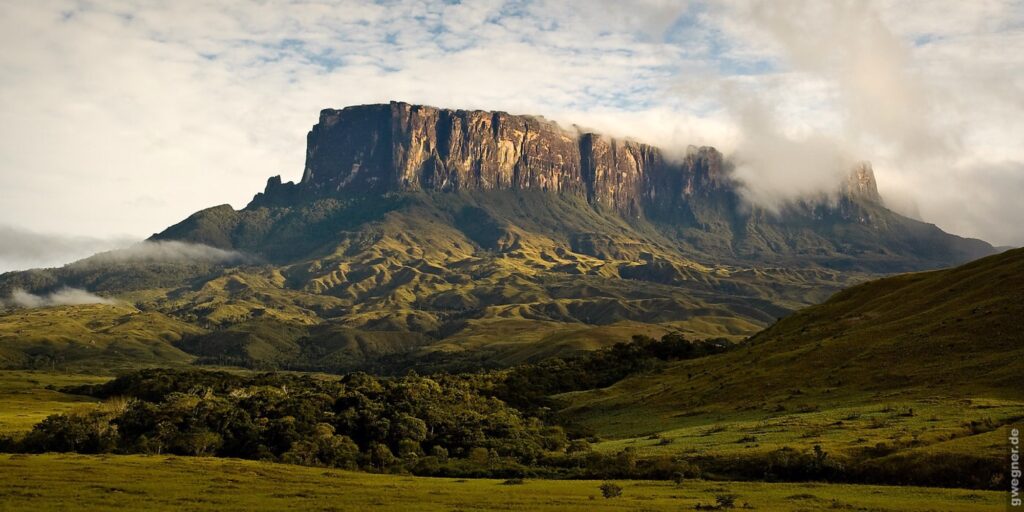
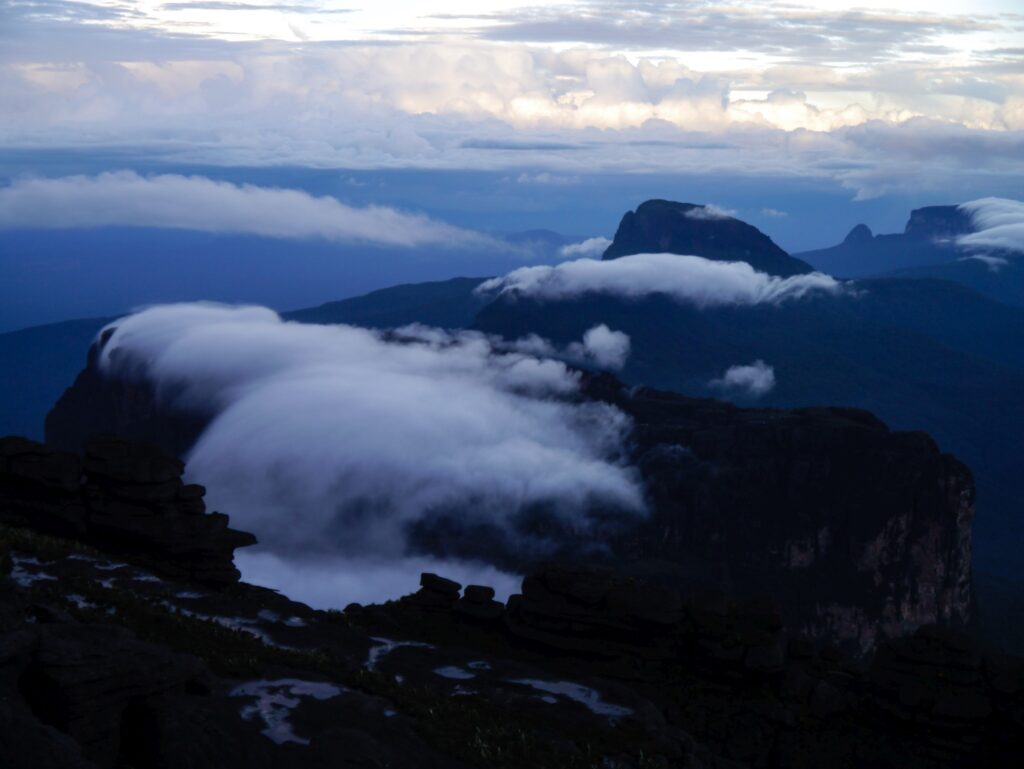

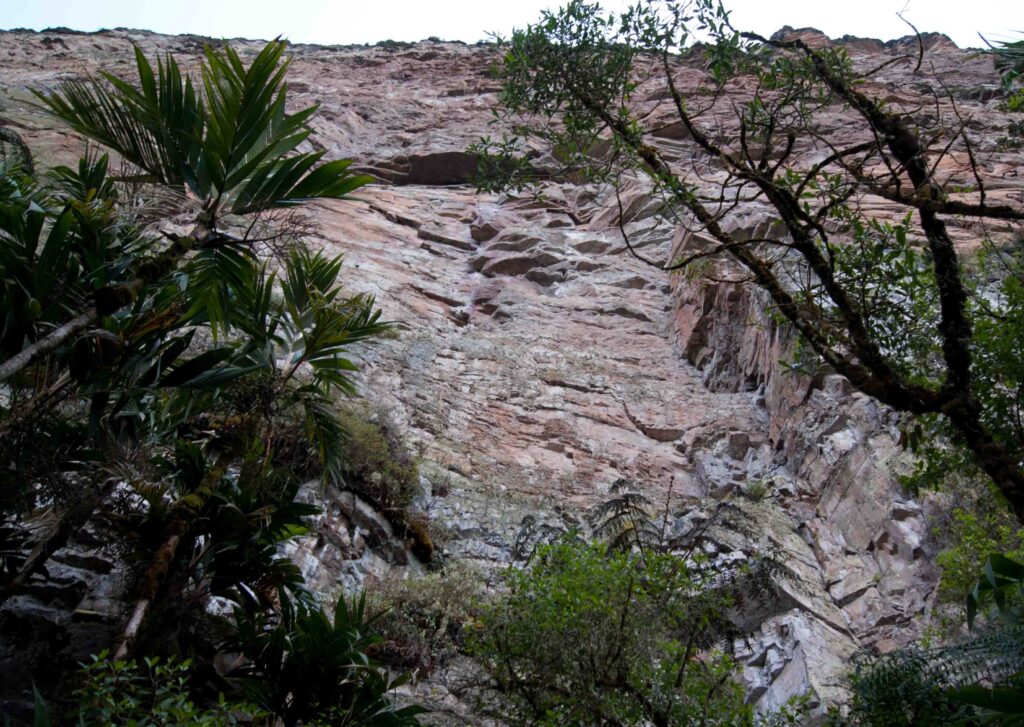

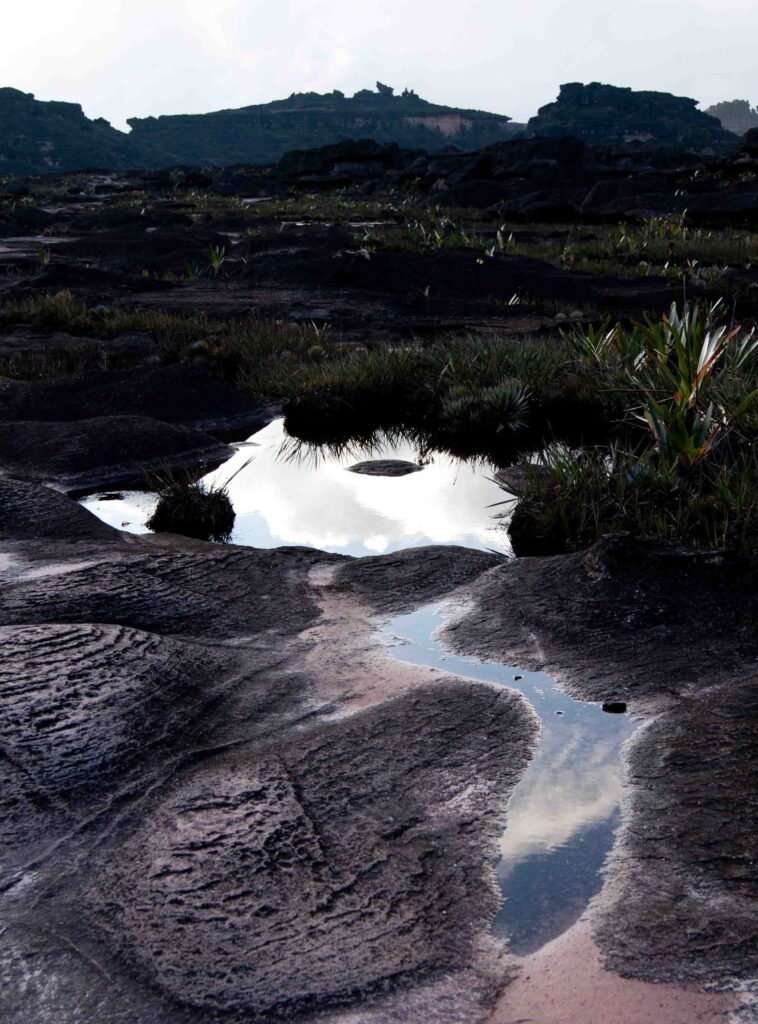
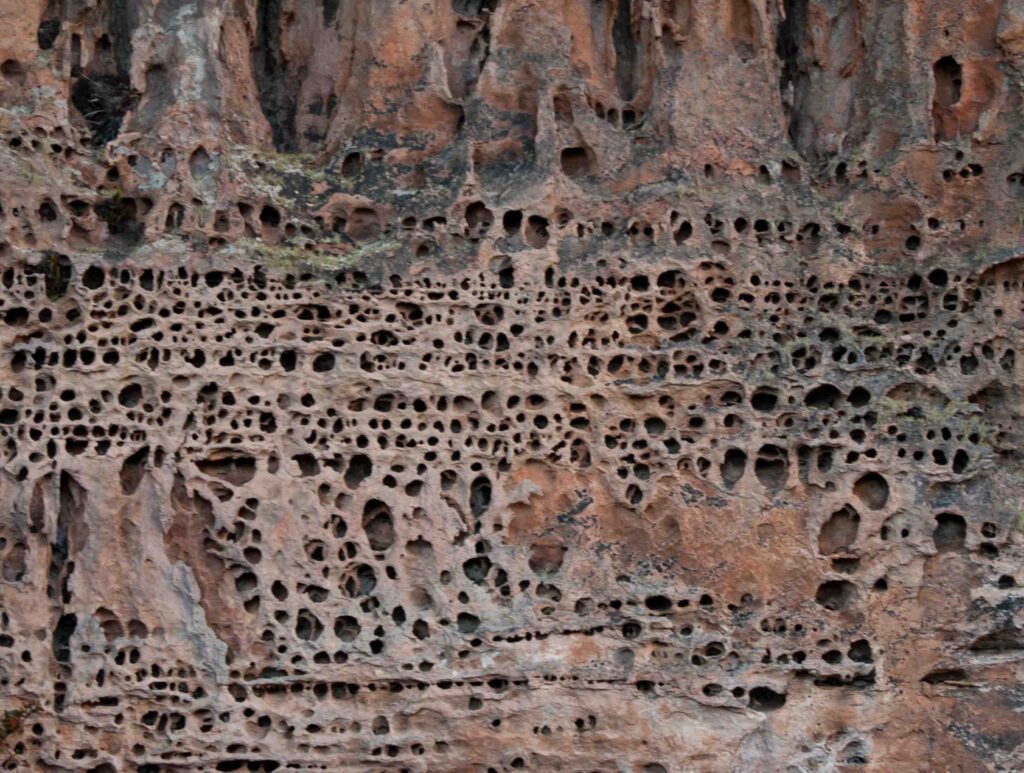

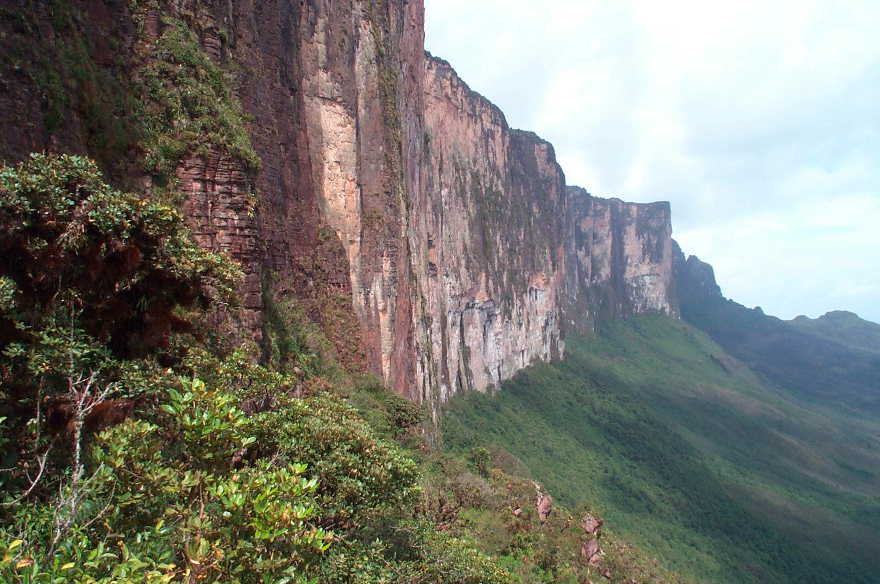
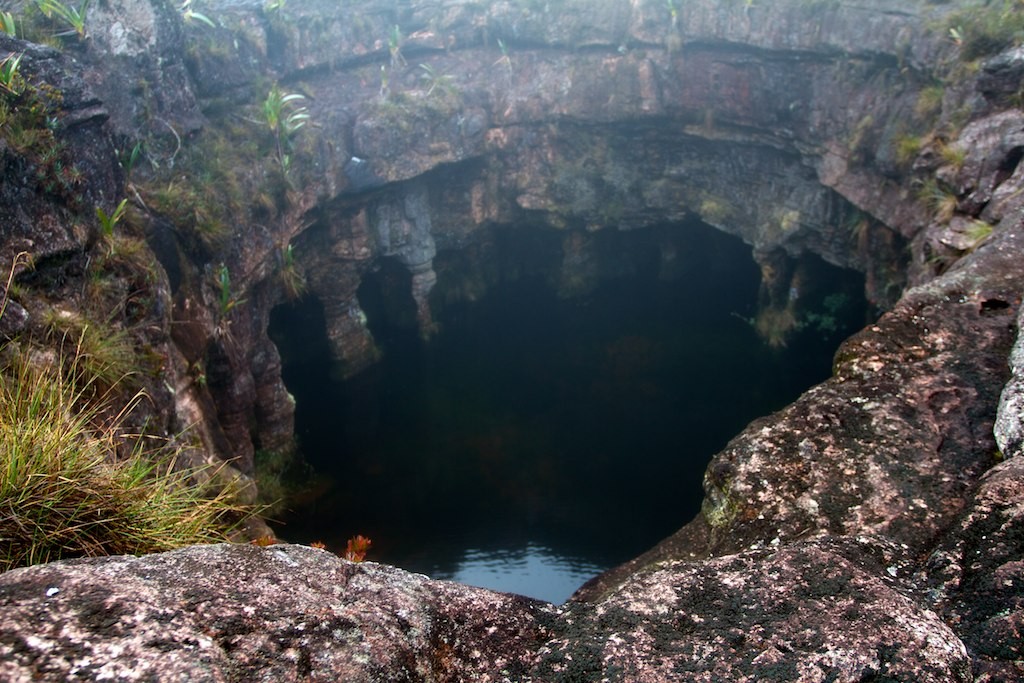
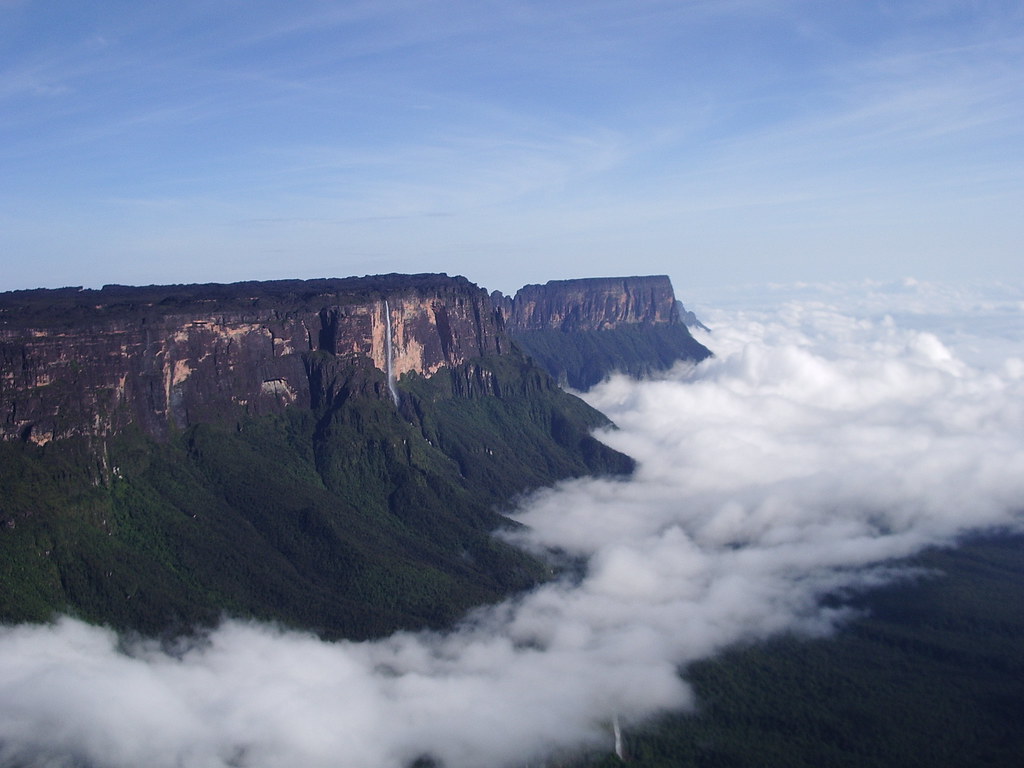
Leave a Reply